15 Unforgettable Ozzy Osbourne Songs That Defined a Generation
Ozzy Osbourne’s catalog reflects a musician constantly pushing at the edges of heavy metal. Across decades, his songs have carried everything from blistering guitar riffs to unexpected moments of vulnerability. Here’s a look at the tracks that shaped his career and inspired millions.
Crazy Train (1980)
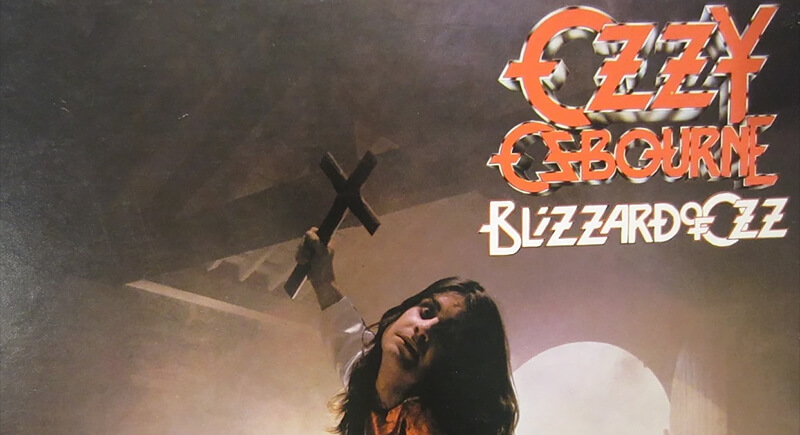
Credit: Wikimedia Commons
Right out of the gate, this track rips with that iconic Randy Rhoads riff and a scream that made radios sweat. Ozzy Osbourne tapped into Cold War paranoia and personal chaos to create an anthem about losing control. It struck a nerve of a generation raised on anxiety, rebellion, and volume.
Mr. Crowley (1980)
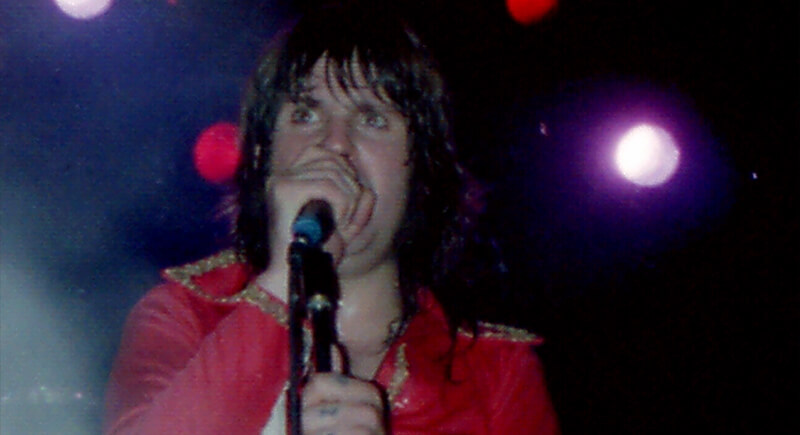
Credit: Wikimedia Commons
After being inspired by British mystic Aleister Crowley, the songwriter leaned into the dark arts with eerie vocals and guitar work. It gave the genre a literary twist and thrilled teens hungry for something weird, spooky, and loud in their Walkmans. The creepy organs, occult references, and theatrical style turned this into a metal opera.
Suicide Solution (1980)
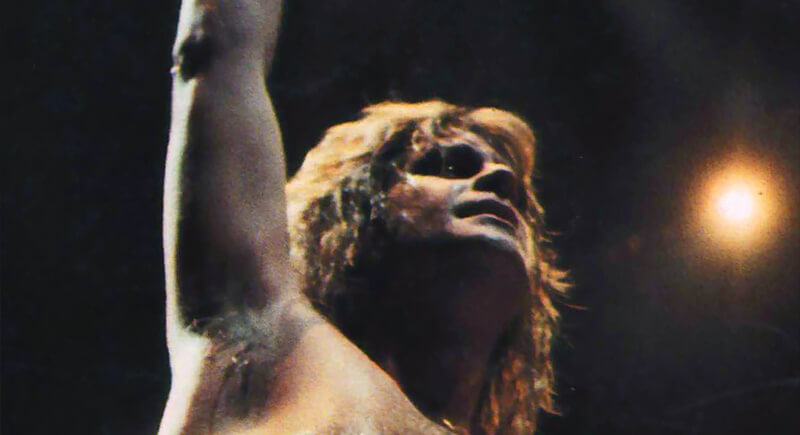
Credit: Wikimedia Commons
Written partly in response to AC/DC’s Bon Scott’s death, Suicide Solution tackled alcohol abuse head-on. Despite controversy and lawsuits, Osbourne stuck to his message that addiction kills. The jagged riffs and raw lyrics hit home for fans who lived through the excesses of the ’80s.
Flying High Again (1981)
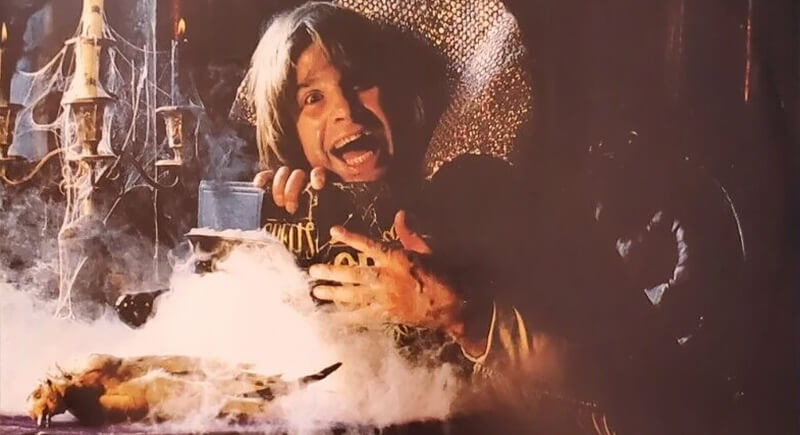
Credit: ebay
This song soared with a chorus built for stadium chants and lyrics related to partying and escape. The vocalist channeled his wild reputation into something catchy and electric. Randy Rhoads’ riffs buzzed with life, and the thing felt like a middle finger to authority.
Diary of a Madman (1981)
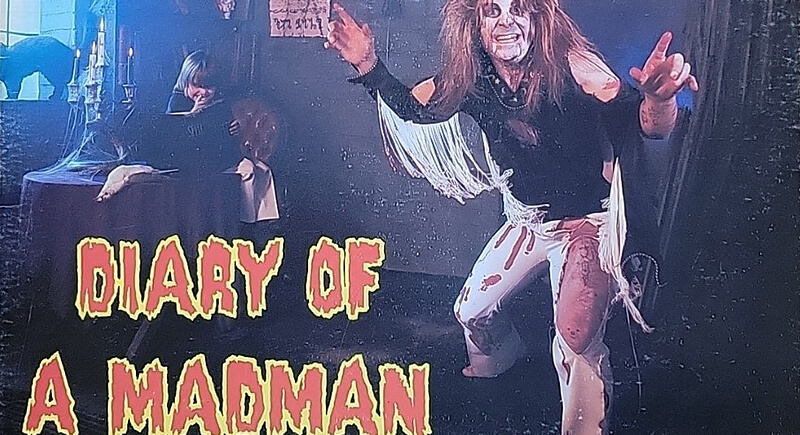
Credit: ebay
This title track spun into prog-metal territory, packed with orchestral drama and shifting time signatures. Lyrics contained themes of mental unraveling, influenced by critics’ labeling Osbourne unstable. It was ambitious and haunting and showed that metal didn’t have to be simple.
Over the Mountain (1981)
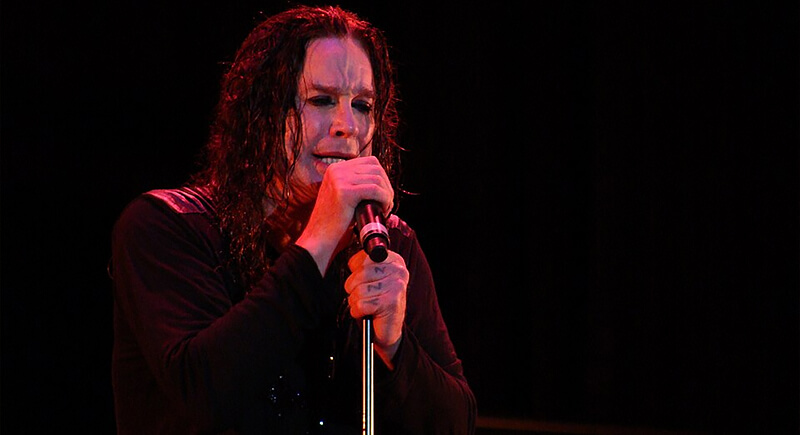
Credit: Wikimedia Commons
If you want to know what a shout of independence wrapped in pounding drums and sky-high vocals sounds like, this song is the one to listen to. Ozzy let loose about personal freedom, and kids stuck in suburbs or stifling routines heard it clearly.
Bark at the Moon (1983)
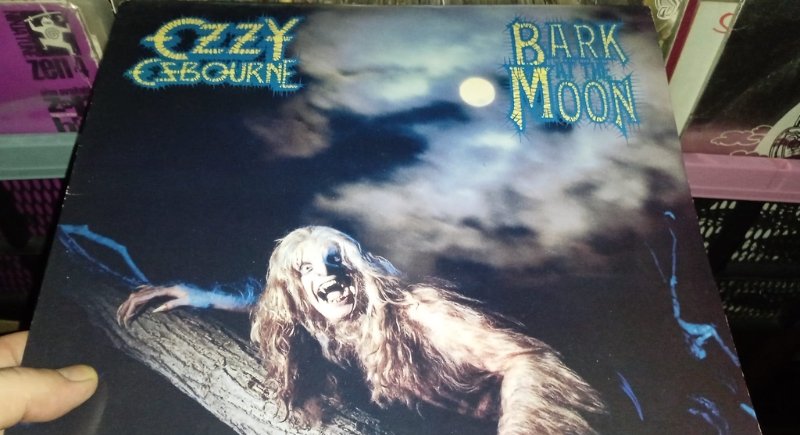
Credit: Facebook
The song burst onto MTV during its golden years with a powerful riff and a striking werewolf-themed music video. It perfectly combined horror and hard rock, with Jake E. Lee stepping in on guitar after Randy Rhoads. The lyrics were packed with energy and drama, and became an anthem for fans who loved all things dark and wild.
You’re No Different (1983)
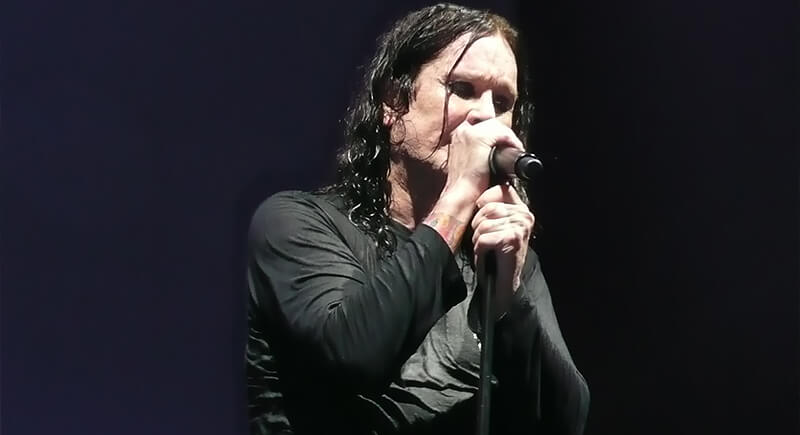
Credit: Wikimedia Commons
In this track, Ozzy points fingers at hypocrites judging his image and calls out society’s double standards. The message is simply that everyone’s got demons. For misunderstood teens who felt alienated, it was validation. It’s sharp, heavy, and surprisingly introspective for a glam-metal era.
So Tired (1983)
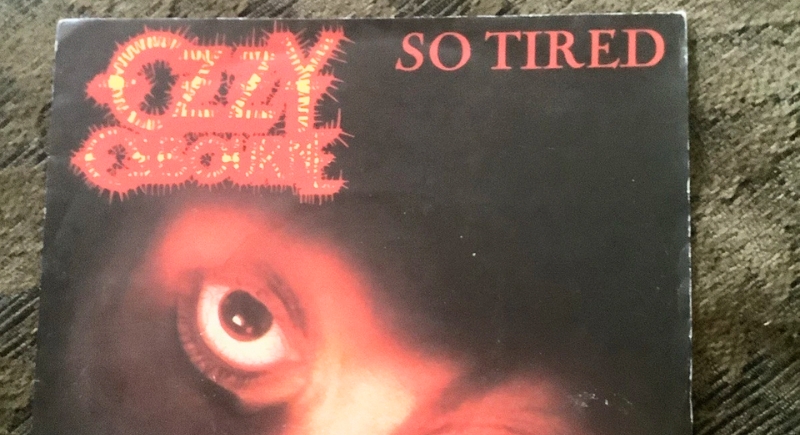
Credit: ebay
This orchestral ballad revealed a more reflective side of Ozzy. He sounds worn out from love and genuinely heartbroken. At a time when metal singers rarely showed vulnerability, the song surprised many people. The string sections and moody piano added drama without dulling its edge.
Shot in the Dark (1986)
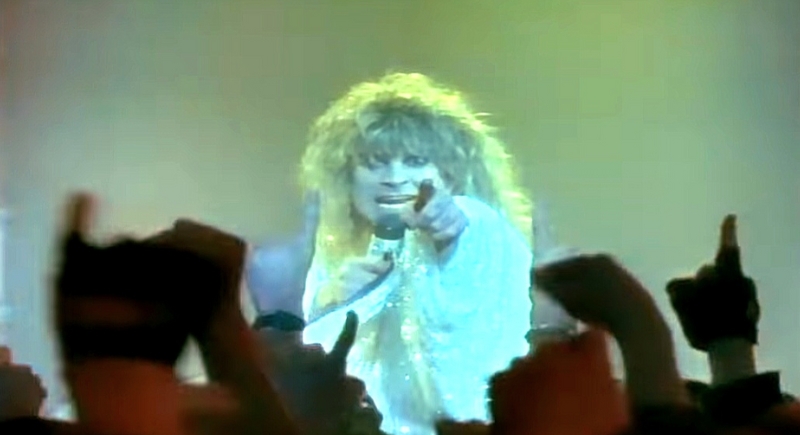
Credit: IMDb
This became one of Ozzy’s most accessible hits. Its unforgettable hook and mix of synths with glam-inspired guitar made it a staple of the mid-80s. While some hardcore fans weren’t thrilled with the polished sound, plenty of others blasted it on car rides, during breakups, and at the mall. It perfectly captured the era’s love of big choruses and bigger style.
The Ultimate Sin (1986)
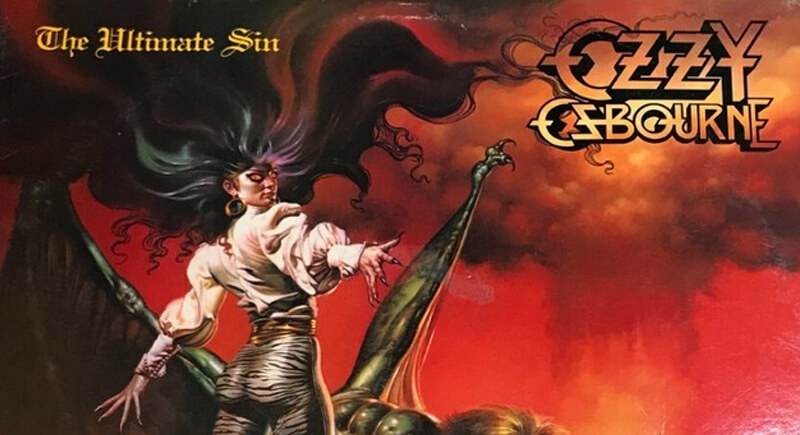
Credit: ebay
The Ultimate Sin captures Ozzy at a turning point in his career. It was released in 1986 and reflects the highly produced, almost cinematic sound that defined much of metal in the mid-80s. Jake E. Lee’s sharp solos cut through layers of polished production and give the track a sense of urgency beneath its glossy surface. Lyrically, it grapples with the weight of guilt and the pull of temptation—recurring themes for Ozzy as he navigated fame’s highs and personal lows.
No More Tears (1991)
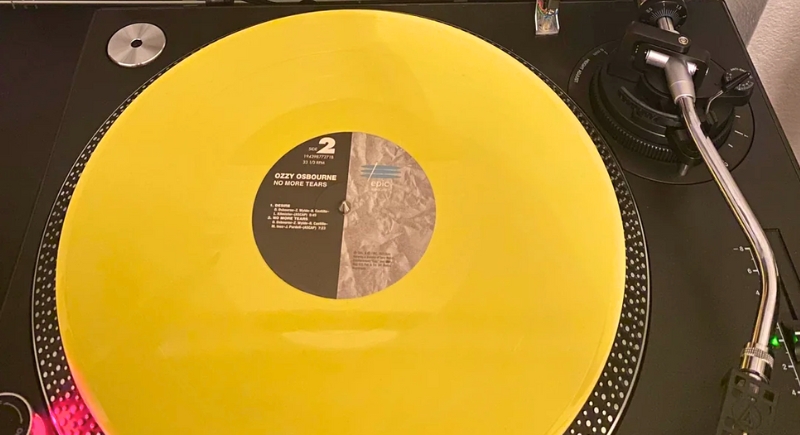
Credit: Reddit
At just over six minutes, No More Tears showed a side of Ozzy that felt heavier and more thoughtful. The song was partly inspired by a story of domestic abuse, and that weight comes through in its dark, brooding sound. Zakk Wylde’s guitar lines move between grinding bass riffs and subtle keyboard textures. As the track slowly builds, Ozzy’s vocals carry a mix of anger and sorrow.
Mama, I’m Coming Home (1991)
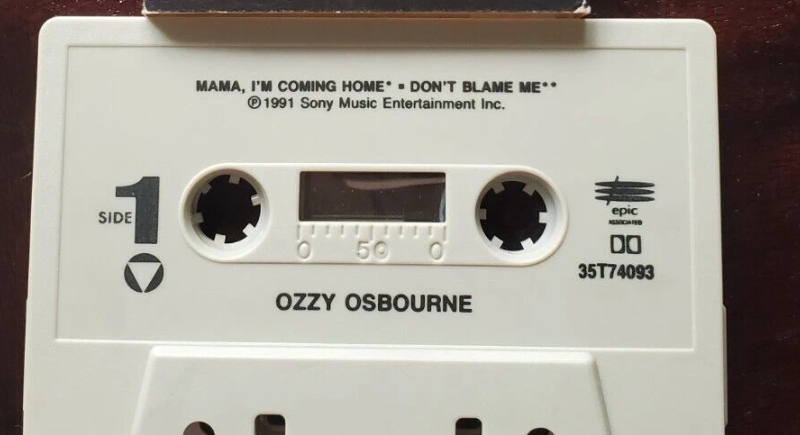
Credit: ebay
Co-written with Lemmy from Motörhead, Mama, I’m Coming Home was Ozzy’s tribute to his wife, Sharon. The song surprised fans who didn’t expect him to lean into such personal and tender emotions. Over time, it turned into a sing-along favorite.
I Don’t Want to Change the World (1991)
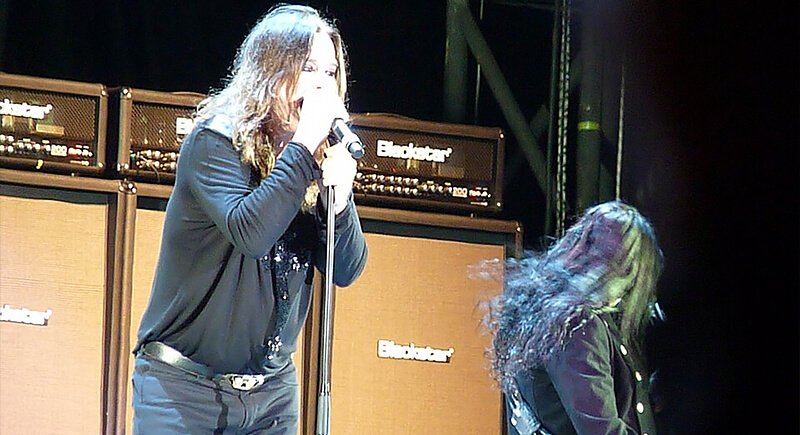
Credit: Wikimedia Commons
I Don’t Want to Change the World kicked off the No More Tears album with raw energy. It’s Ozzy at his defiant best, pushing back at critics and proving he still had plenty to say. The song is driven by heavy riffs and a pounding rhythm. The live version later earned him a Grammy.
Perry Mason (1995)
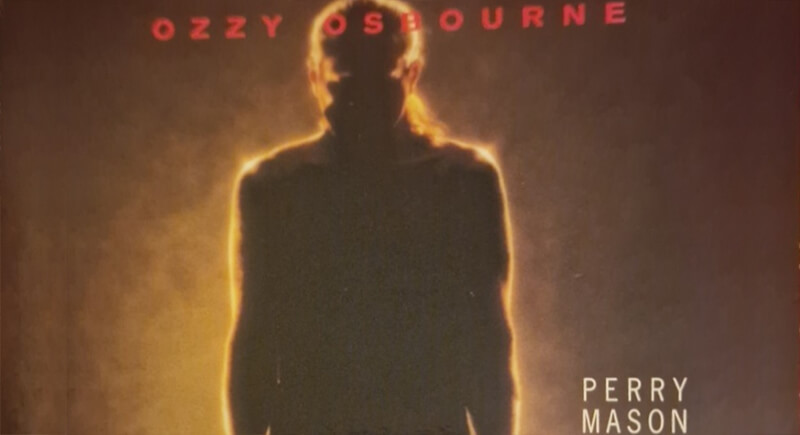
Credit: ebay
By drawing on the name of the iconic TV lawyer, Ozzy uses this track to ask bigger questions about truth and justice in a world that often feels chaotic. Zakk Wylde’s guitar work is sharp and unrelenting, layered over production that leans into the industrial tones popular in the mid-90s.